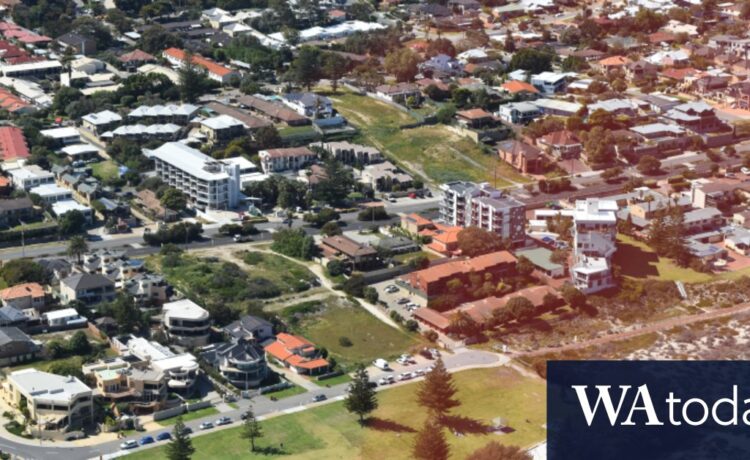“The median dwelling value across greater Perth is $703,000, but the average price point across the suburbs with the highest hold periods are a median of $945,000, and across the suburbs with the lowest turnover rates, the value is over $1.1 million,” she said.
“That high price point is a reflection of the desirability of most of these areas, and a reflection of why most people wouldn’t want to live anywhere else in the city.
“The characteristics of tightly held suburbs in our major cities are often that were popular, young family suburbs 10, 15 or 20 years ago.
“Now the kids are older, or they might have moved out, but mum and dad aren’t necessarily ready to leave.
“Rising affordability pressures don’t help the situation, because higher rent costs and barriers to homeownership might prolong the amount of time that people live with their parents, and so you get older families occupying these large, family homes for longer.”
Ray White Dalkeith Claremont sales executive Laura Johns said historically low stock levels meant homeowners would stay put for longer.
“The market is hotter than ever with properties receiving multiple offers after one home open, even apartments which traditionally have longer days on market,” she said.
“Homeowners want to move, but the lack of stock and level of competition makes it difficult for them to do anything.”
Johns said the Gen Y – or Millennial – demographic cohort, born between 1981 and 1997, tended to hold on to their properties for a shorter time frame than their Gen X and Baby Boomer predecessors.
“They are more open to change and look to buy and sell property in shorter time frames,” she said.
Loading
“This is due to various factors including family size and dynamics, but most are keen to live somewhere new and different after a few years.
“They also had to enter the market at a higher price point which means that budgets were stretched and properties were outgrown quicker.”
Johns said properties in the outer suburbs such as Kalamunda may change hands less often because they were handed down from generation to generation, whereas properties closer to CBD and western suburbs may not be.
Strategic Property Group managing director Trent Fleskens said many of the suburbs listed were established markets with an owner profile whose next move was generally a downsizer, but where downsizer options were hard to come by.
“There is a strong correlation in these suburbs with high levels of homeownership versus investment meaning there is far less propensity for trading in and out throughout the property cycle,” he said.
















